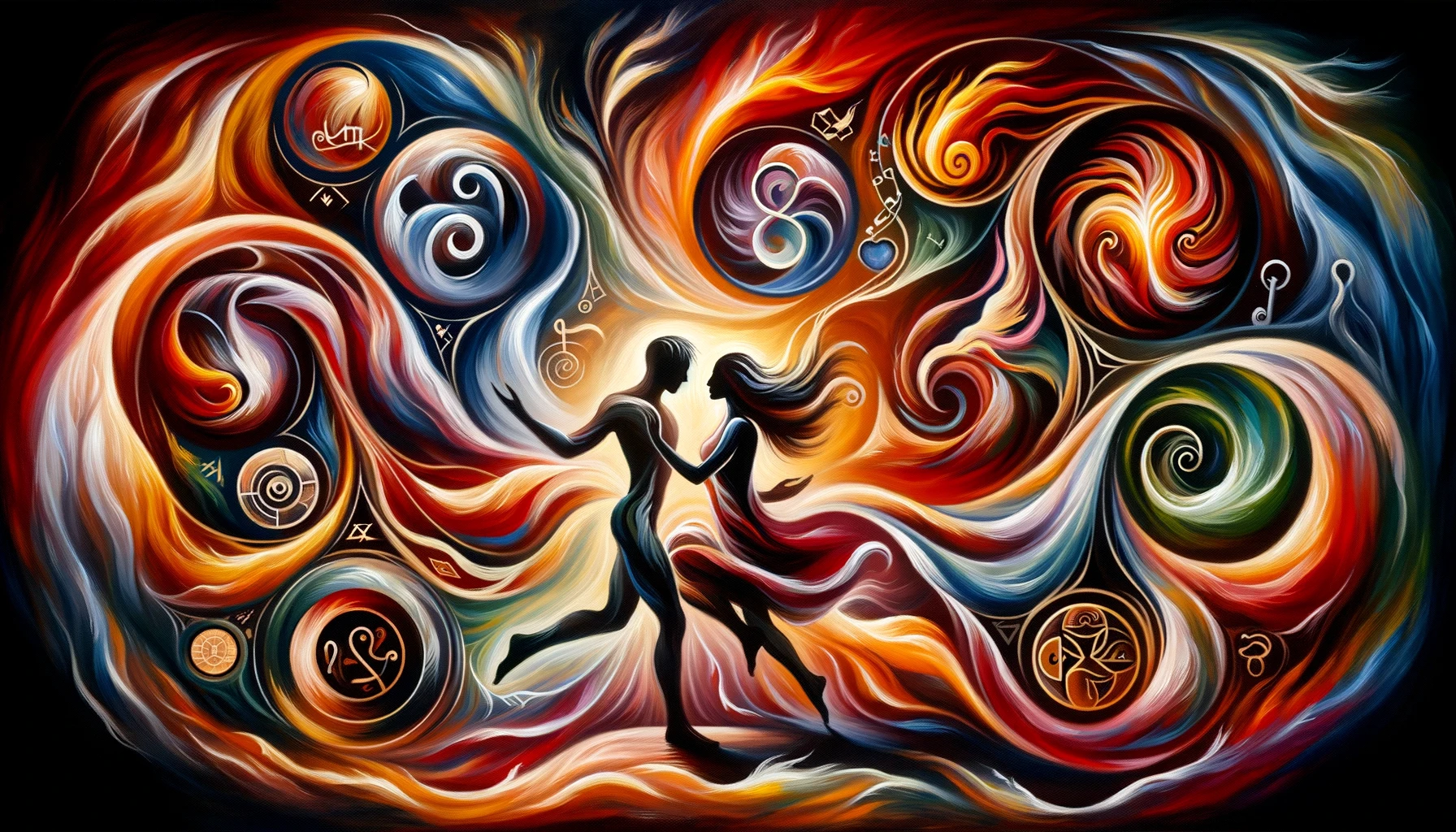Have you done enough “dating indefinitely” and you want to get real about courting?
Or do you know a friend (or couple) in that situation: they’ve started seeing someone, and they’re serious about figuring out whether it’s a fit and not wasting time if it isn’t?
If so, I’ll encourage you to check out (or forward to them) my new online course, the first cohorts of which start next week:
The Mating Dance: finding your center in courtship
This course is not for most people, but fortunately most people don’t read my blog.
It’s for people who are asking the following questions and aren’t satisfied with platitudes or simple heuristics as answers, but instead want something they can ground in their sense of “I can tell for myself“.
Is this the right person? Are we moving too fast? Are we hesitating because of some generic fear of commitment or because there’s something we can sense isn’t a fit? Can we resolve this conflict or will it follow us forever?
These kinds of questions are what this course will help you learn to answer for yourself. I don’t have the answers—I have an approach for finding your own answers and helping your partner find theirs.
The Mating Dance is my first group offering where I’ll be sharing the practice of non-naive trust-dancing with people. (If you want help in a different context, you can book a 1-on-1 or 1-on-2 session with me here.)
I’m really excited to be doing this! I’ve already sold 30% of the tickets, and I’m hoping I can make more of my living from helping people have marriages as delightful as my own.
It turns out that the Non-Naive Trust Dance theory that I’ve been blogging about for the last 4 years makes more intuitive sense to most people when applied to courtship than other topics. In particular… in NNTD Q&A, I posited that maybe NNTD doesn’t matter that much except for people who are trying to do leading edge cultural stuff or dealing with some big trust repair situation.
But over the last year as I’ve gotten married and started to talk to more of my friends about their courtship processes and the kind of trust needed to create a stable bond between life partners… I’ve come to realize that even a relatively ordinary courtship demands a level of skill in non-naive trust-dancing that is (currently) extraordinary. And without this, many relationships end up getting stuck partway in the mating dance, unable to move forward or abort, or they end up committing despite major foundational issues.
Said one friend who read some of my writing on mating dances:
Your framework just made so much sense and helped me see how I’d fallen into a place of believing I didn’t have agency to choose how my relationship was progressing. It gave me permission to see the situation I was in with fresh eyes rather than shaming myself for not being able to “make it work”.
A recurring theme of nurturing non-naive trust is to recognize when the trust isn’t there, or when it’s a façade (or what I might call “naive trust”). And you don’t want to build a marriage on a façade, if you can help it. You want to investigate things, pull back the layers of pretending, and find a solid foundation (or no foundation, in which case you break up).
Proverbially, in marriage, man and woman become one flesh—a the most literal and visceral instantiation of the kind of human superorganism that I’m often writing about. And insofar as collective consciousness is about being able to care for the needs of its parts, marriage and family is a pretty central example of a place where you want a group to have that kind of consciousness.
Famously, people often expect the wedding to transform their sense of each other, more than it generally does. It’s not the professed commitment—to each other or a way of being—that creates the magic of marriage. It’s the embodied sense that you will be there for each other no matter what, and that you’re capable of loving each other better than anyone else could. You have a sense of we can tell for ourself that this is it. The commitment merely locks that in.
My sense is that you only get this magic to happen to the extent that you establish this kind of deep non-naive trust. Which is not to say you need my framework (or any framework) to do it! But it helps—especially in an era where the question of what marriage is is no longer something we can take for granted we have a shared answer for.
I’ll be writing more posts over the coming days to talk about how non-naive trust and “I can tell for myself” relate to courtship, as well as some specific trust-dancing principles for non-naive courtship, but for now head over to the course landing page, where I share some thoughts on falling in love and on the foundation of marriage.

Constantly consciously expanding the boundaries of thoughtspace and actionspace. Creator of Intend, a system for improvisationally & creatively staying in touch with what's most important to you, and taking action towards it.
Have your say!